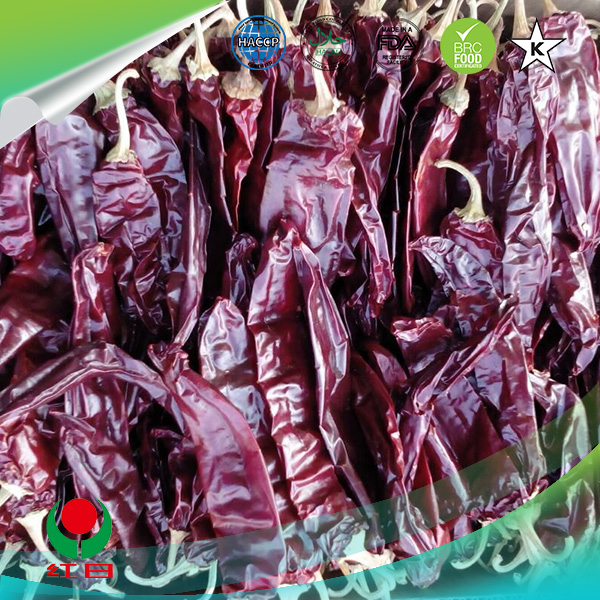Understanding Different Types of Foundation Bolts and Their Applications in Construction Projects
Understanding the Types of Foundation Bolts
Foundation bolts play a crucial role in maintaining the stability and sustainability of structures. They anchor equipment and support frames, ensuring that buildings or structures can withstand various loads, including wind, seismic movement, and operational forces. This article will provide an in-depth look at the types of foundation bolts, their applications, and their importance in construction.
1. Types of Foundation Bolts
Foundation bolts can be categorized based on their design, material, and application. The most common types include
- Straight Anchor Bolts These are cylindrical in shape and are often used for securing machinery or structural elements to concrete foundations. They are installed vertically and can be embedded into the concrete or cast into formed holes prior to pouring. Their straightforward design allows for easy installation and adjustment.
- L-Bolts With a distinct L shape, these bolts are ideal for securing bridging or supporting beams. The long vertical section is embedded in concrete, while the horizontal section provides the necessary anchoring support. L-bolts are particularly advantageous in applications where the alignment of components is crucial.
- J-Bolts Similar to L-bolts, J-bolts feature a hook-like shape, which provides a secure anchoring system. The end of the bolt is bent to form a hook that grasps the frame or equipment it secures. J-bolts are often used in situations where the bolts need to support significant tension loads.
- U-Bolts Shaped like a “U,” these bolts are primarily used to secure pipework or equipment. U-bolts wrap around the object they’re anchoring, providing a firm grip. Common in plumbing and electrical applications, U-bolts are an essential component in various construction settings.
- Sleeve Anchors These versatile anchors can be used in concrete, brick, or masonry. They consist of a bolt with a sleeve that expands upon installation, creating a strong hold within the substrate. Sleeve anchors are often used for applications requiring a removable anchoring solution.
types of foundation bolt pdf

Foundation bolts can be made from a variety of materials, each with its advantages. Steel is the most common material due to its high tensile strength and durability. For added corrosion resistance, bolts may be hot-dip galvanized or made from stainless steel, making them suitable for outdoor use or in environments exposed to moisture and chemicals.
3. Applications
The applications of foundation bolts are vast and varied. In residential construction, they are used to secure the foundational elements of homes. In industrial settings, foundation bolts play a central role in anchoring large machinery and equipment. They are also critical in the construction of bridges, towers, and other infrastructures, where stability is paramount.
4. Importance of Foundation Bolts
The importance of foundation bolts cannot be overstated. They ensure that structures remain stable and secure under various loads and environmental conditions. Proper installation and selection of the right type of foundation bolt can significantly impact the safety and longevity of a structure. Failure to use appropriate foundation bolts can lead to catastrophic structural failures, injuries, and financial losses.
Conclusion
Foundation bolts are an integral part of most construction projects, providing the necessary anchoring and stability needed for safe and sound structures. Understanding the different types of bolts available, along with their materials and applications, ensures that engineers and builders can make informed decisions that will lead to successful and enduring construction outcomes. Whether it be L-bolts, J-bolts, or sleeve anchors, each serves its unique purpose, and collectively they contribute to the resilience of our built environment.
-
Weatherproof Plastic Expansion Anchors for OutdoorNouvèlJun.06,2025
-
Sustainability in the Supply Chain: Eco-Friendly TEK Screws ProductionNouvèlJun.06,2025
-
Load-Bearing Capacity of External Insulation FixingsNouvèlJun.06,2025
-
Double Head Bolts: Enhancing Efficiency in Industrial MachineryNouvèlJun.06,2025
-
Corrosion Resistance in Chipboard Screws: Coatings for Wholesale DurabilityNouvèlJun.06,2025
-
Butterfly Toggle Bolts : Enhancing Structural ResilienceNouvèlJun.06,2025
